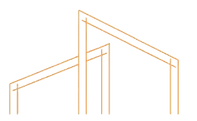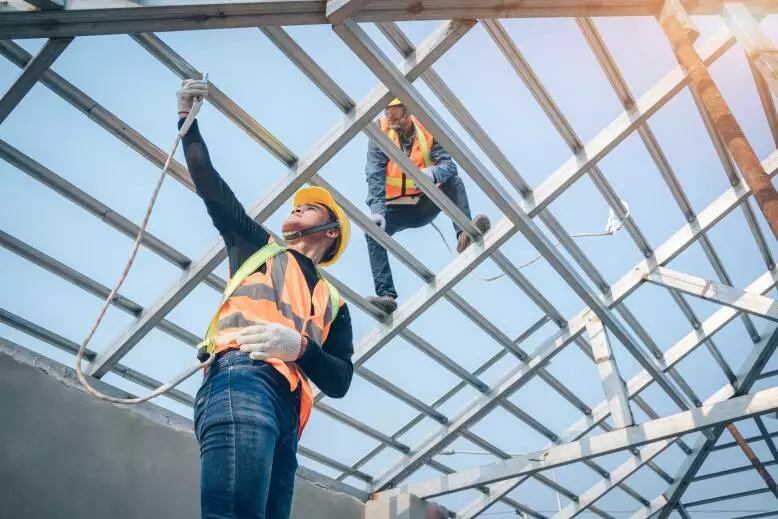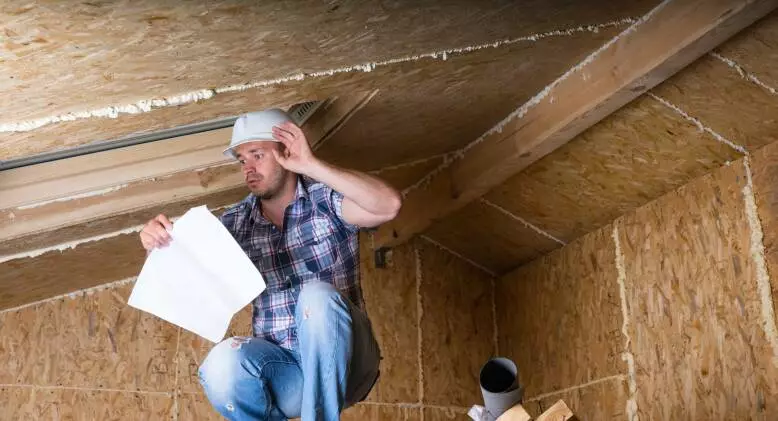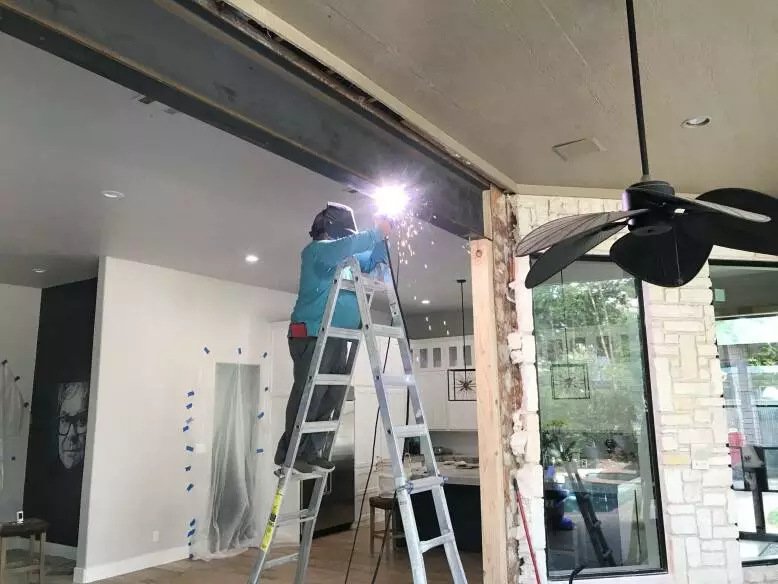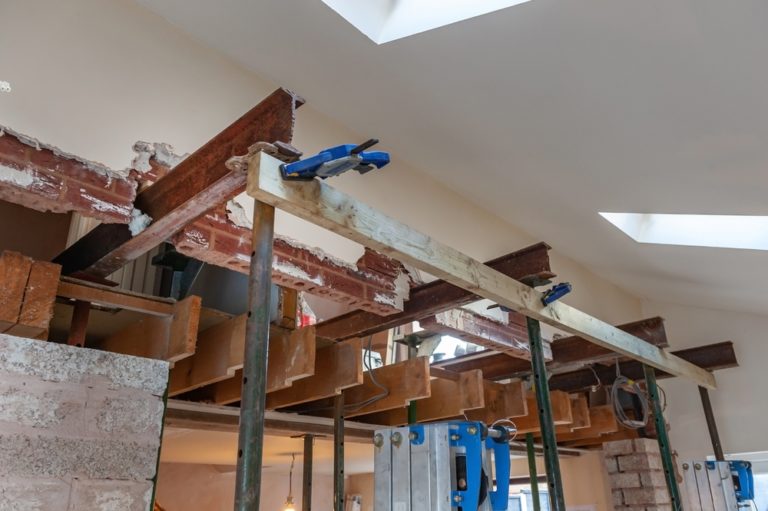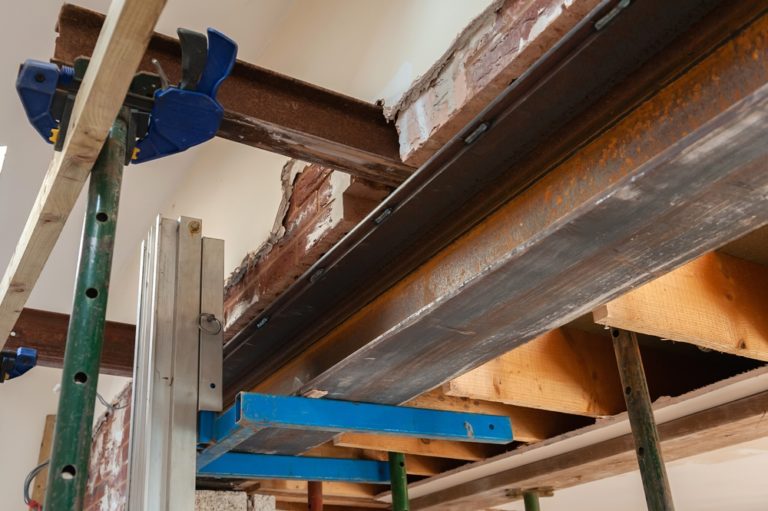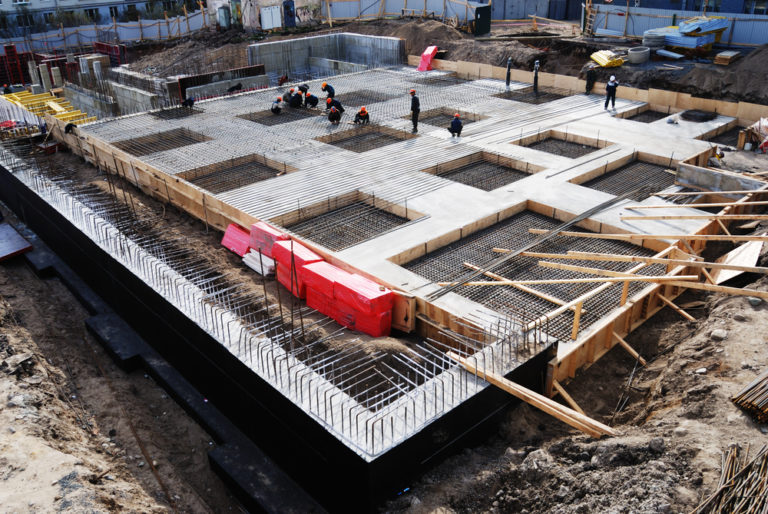If you’ve considered getting a retaining wall, it’s important you have a thorough understanding of what they provide and why they’re utilized. Retaining walls are the perfect solution for disguising what might otherwise be an eyesore while providing support to resist the movement of backfill soils, preventing erosion. They can be found in many different settings including residential, commercial and industrial.
Retaining walls can be designed to meet your needs by:
- Preventing soil erosion
- Creating functional space
- Providing structural support
- Creating attractive elements
Supporting The Soil
Retaining walls are built to hold back soil and prevent it from sliding or eroding. With the purpose of keeping soil in place, retaining walls are constructed to hold back soil that is on one side of the wall, and keep it from moving downhill or washing away, which could cause major issues for any nearby structure’s foundation.
Soil is extremely heavy and if even a small landslide takes place, damage is extremely likely. Retaining walls provide stability to sloped or uneven land and help prevent such damage, all while providing an aesthetically pleasing appearance.
Creating Outdoor Space
Retaining walls help keep soil in its intended place by providing a barrier to prevent it from sliding forward. Homes with front or backyards that slope or have hills are especially prone to erosion and often need retaining walls to keep landscaping and soil in place. Retaining walls can help create outdoor spaces by providing a way to level out sloping or uneven land.
Retaining walls can also be used to create seating or planter areas, and to separate different areas of a landscape, such as a patio or a garden. They can be used to create terraces, garden beds, and other landscaped areas that add visual interest and functional space to a property. Ultimately, while their main purpose is safety and dependability, retaining walls are also greatly used to define and enhance the architecture of a space, making it more visually appealing and functional.
Improving Drainage
Retaining walls can help improve drainage by redirecting water flow away from foundations, structures and landscaping. They can be used to redirect water flow away from foundations and other structures by creating drainage channels or swales to improve your landscape’s drainage system. The created drainage channels help guide water to a specific location, such as a storm drain or a dry well, preventing it from sitting on your lawn for too long, causing further damage.
Retaining walls can also be designed with drainage systems, such as perforated pipes, that allow water to flow through the wall and into a drainage area. They can be constructed with a slight slope on the back side of the wall to allow water to flow away from the wall. This prevents water from building up behind the retaining wall and causing damage to the structure. Retaining walls can be designed to protect against water infiltration, which helps to prevent water from seeping into underground spaces and causing damage to your home’s foundation.
Retaining Wall Design In Fort Worth
When it comes to designing a retaining wall that will properly do its job for the next few decades, it’s important to seek out a company that has the reputation and expertise to carry out the project to fruition. At Nortex Structural in Fort Worth, our experienced team of structural engineers uses the latest software design systems to provide you with a retaining wall design that is cost effective and set to work seamlessly with your contractor. Check out our retaining wall designs at nortexstructural.com or contact us at 817-470-5046 to talk further about retaining wall design.
